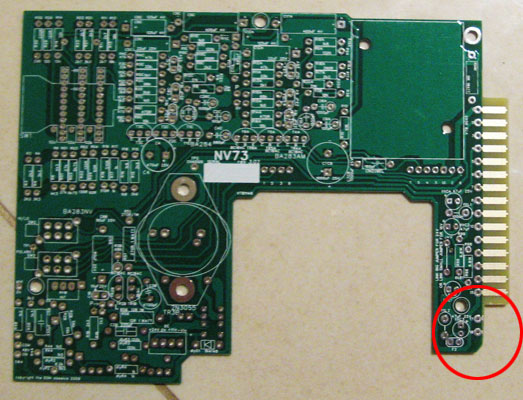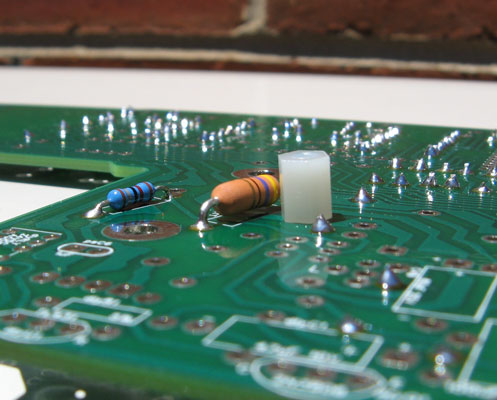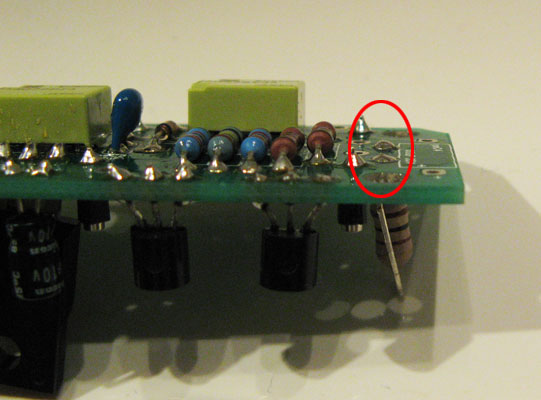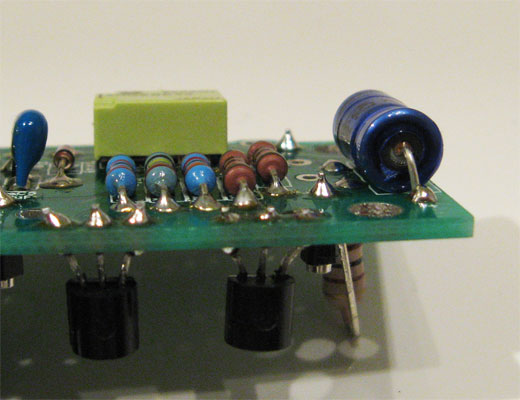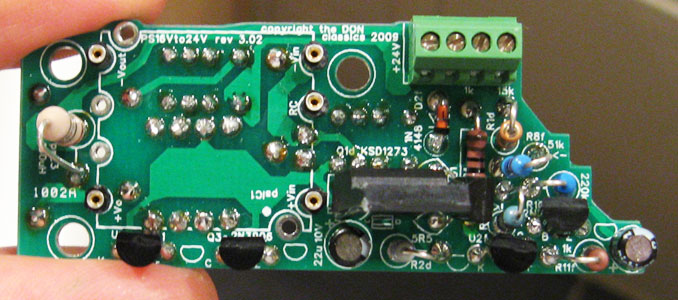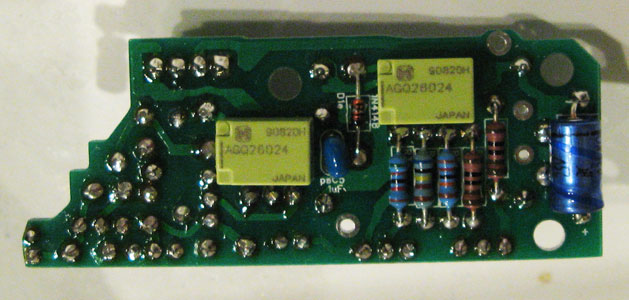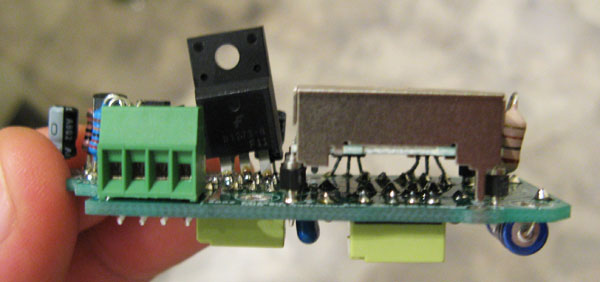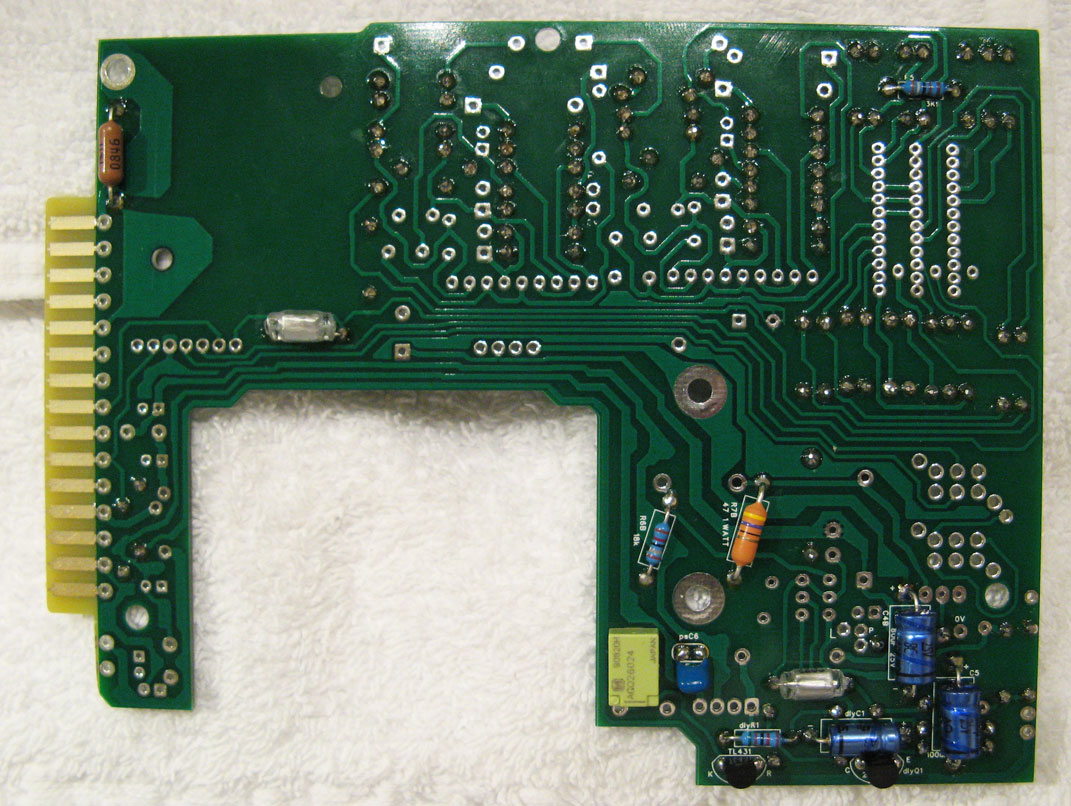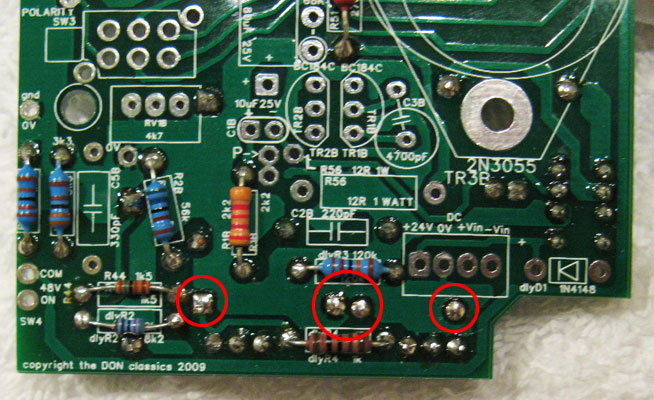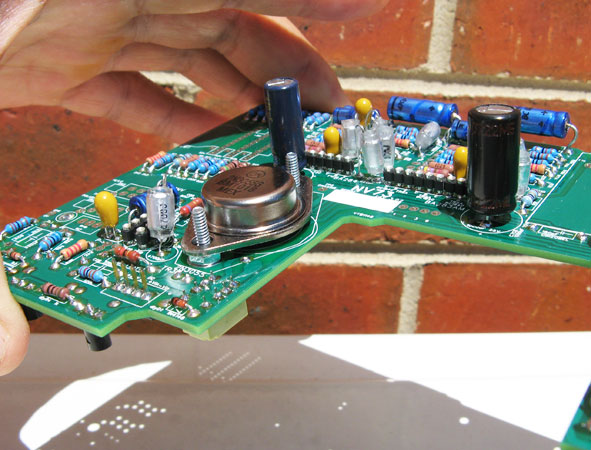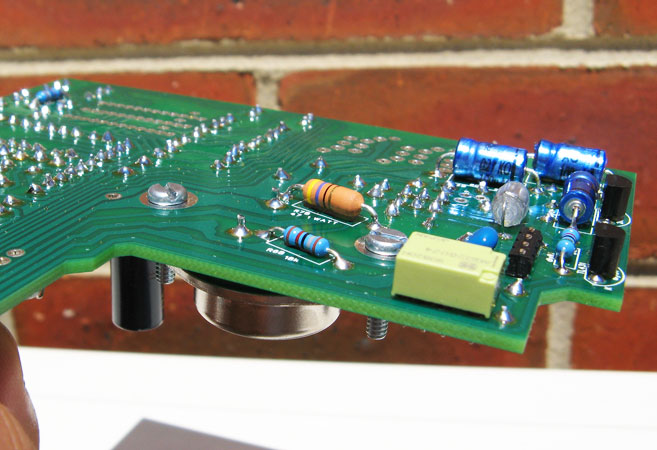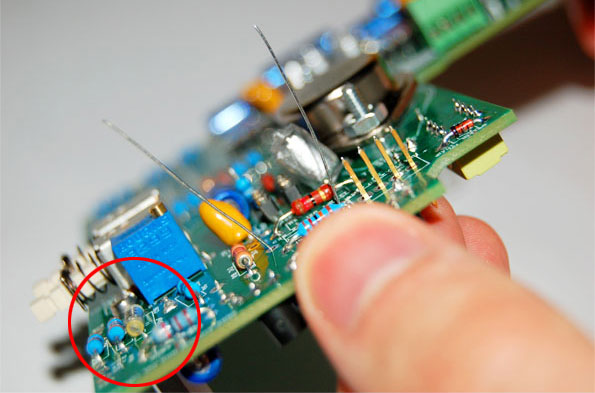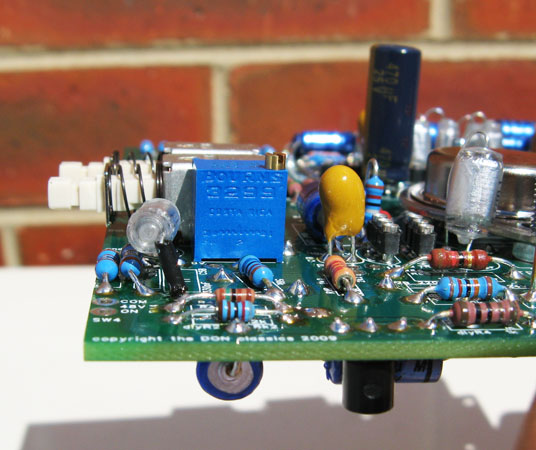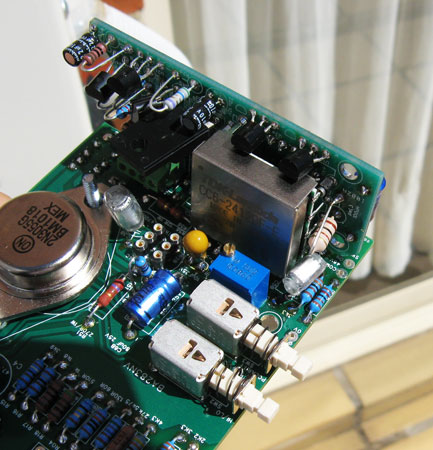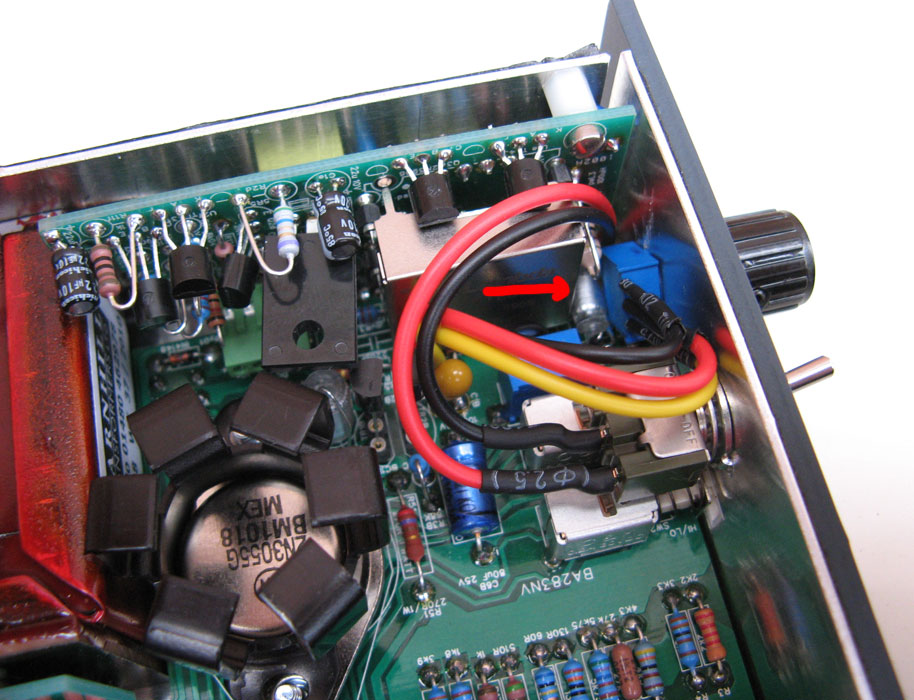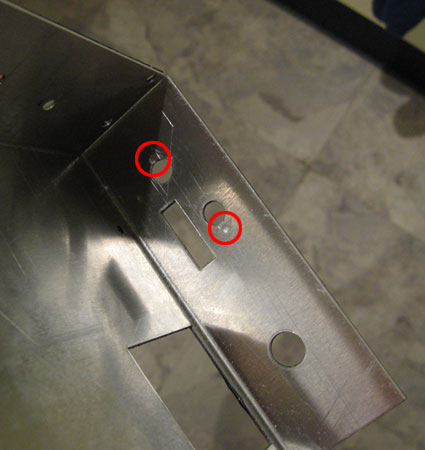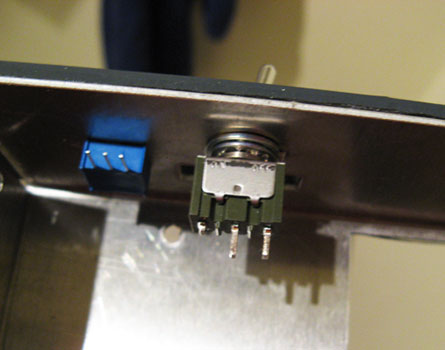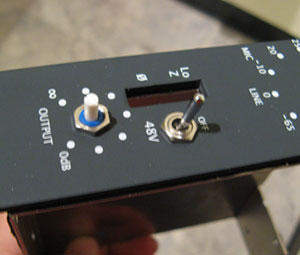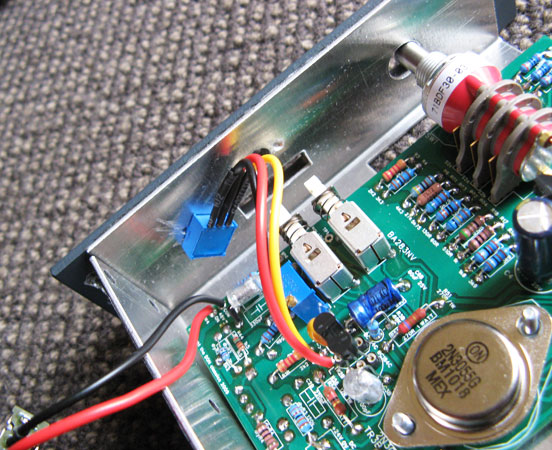******************* Disclaimer ****************************
This is just my experience regarding this build and is the opinion of myself. Use this information at your own discretion and responsibility.
*******************************************************
The PCB board rev I have is Rev 3.02 and this thread is in accordance to the BOM list I obtained from the date I started this thread. Onlymee has made some changes to the latest BOM list to correct some errors I have discovered in my journey.
Here is a word 2007 ordered parts list for those who may want to use it for guidance or reference. I think most of this list is the same as what Don is giving out except I have some parts in there that I had to purchase from Digikey due to stock issues.
Mouser and Digikey ordered parts list:
NV73 pre-amp Parts Ordered List Word version 2007 - 22/11/10
If you would like to take notes of some of my build process for your own build, best to read the whole thread because the info is not spread in a systematic order. The core of my build process is made up of 2 pages.
The journey has begun...
This is just my experience regarding this build and is the opinion of myself. Use this information at your own discretion and responsibility.
*******************************************************
The PCB board rev I have is Rev 3.02 and this thread is in accordance to the BOM list I obtained from the date I started this thread. Onlymee has made some changes to the latest BOM list to correct some errors I have discovered in my journey.
Here is a word 2007 ordered parts list for those who may want to use it for guidance or reference. I think most of this list is the same as what Don is giving out except I have some parts in there that I had to purchase from Digikey due to stock issues.
Mouser and Digikey ordered parts list:
NV73 pre-amp Parts Ordered List Word version 2007 - 22/11/10
If you would like to take notes of some of my build process for your own build, best to read the whole thread because the info is not spread in a systematic order. The core of my build process is made up of 2 pages.
The journey has begun...



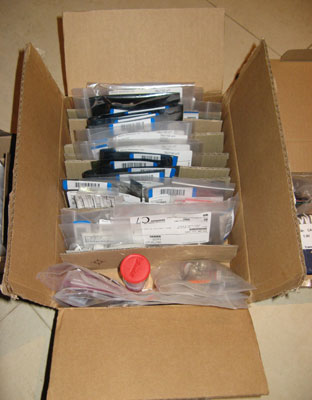
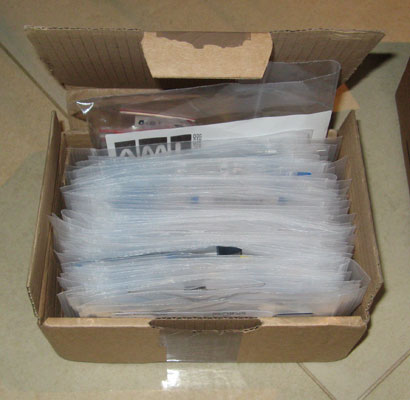
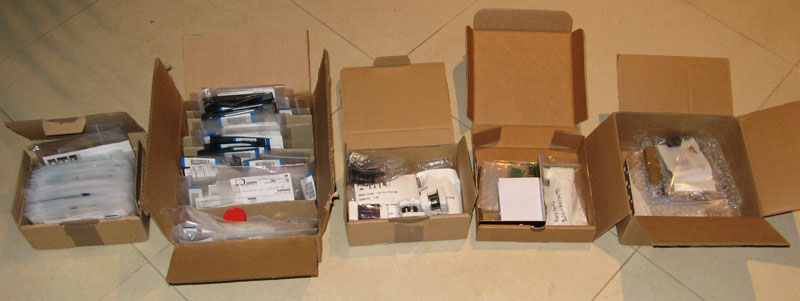





























![Electronics Soldering Iron Kit, [Upgraded] Soldering Iron 110V 90W LCD Digital Portable Soldering Kit 180-480℃(356-896℉), Welding Tool with ON/OFF Switch, Auto-sleep, Thermostatic Design](https://m.media-amazon.com/images/I/41gRDnlyfJS._SL500_.jpg)
